Integrating Solar Power: Boost Your 4x4's Dual Battery System Efficiency
Integrating solar power into your 4x4's dual battery system offers an efficient and sustainable way to maintain charge in your auxiliary battery. By tapping into solar energy, you reduce your dependency on your vehicle's alternator for charging and supplement it with a renewable power source. Adding solar panels into your setup can greatly improve the versatility of your 4x4's dual battery system, ensuring you have adequate power during off-grid adventures.
When setting up your 4x4 dual battery system, there are certain must-have accessories that can enhance its overall functionality. These essential accessories include isolators, monitors, and charging systems, which help manage the flow of power between your batteries and operating devices. By investing in the right accessories, you will gain better control over your dual battery system, improving the performance and longevity of both your starter and auxiliary batteries.
Key Takeaways
- Solar panels provide a sustainable and efficient power source for your 4x4's dual battery system.
- Essential accessories like isolators, monitors, and charging systems enhance the performance and longevity of your setup.
- Choosing the right battery and equipment promotes a seamless integration of solar power into your 4x4 dual battery system.
Understanding 4x4 Dual Battery Systems
When venturing off-road with your 4x4, it's important to have a reliable and efficient power source to support your electrical system. One solution to keep your adventures powered is installing a dual battery system. This setup consists of two batteries: the main starter battery and an auxiliary battery. Let's explore how this system works and its benefits for your 4x4 adventures.
A dual battery system essentially involves two isolated electrical systems within your 4x4. The starter battery is responsible for starting the vehicle's engine, while the auxiliary battery takes care of additional electrical loads such as powering accessories, lights, and other devices. This separation ensures that the starter battery remains charged and ready to start the vehicle, even when the auxiliary battery is drained.
Incorporating solar power into your dual battery system is an excellent way to keep both batteries charged and extend their lifespan. Solar panels can be mounted on the roof or attached to your 4x4 and connected to a solar charge controller. This controller regulates the voltage and current coming from the solar panels going to your batteries, ensuring they are optimally charged without overcharging or damaging them. Check out this guide on 4x4 / 4WD Dual Battery System for more information on integrating solar power into your dual battery setup.
When setting up a dual battery system in your 4x4, several essential accessories will enhance its performance and convenience. Some of these accessories include:
- Battery isolator: a device that safely isolates the starter and auxiliary batteries, ensuring the main battery doesn't get discharged by your accessories.
- Battery monitor: allows you to track the voltage and charge levels, battery temperature, and other parameters of your auxiliary battery.
- Charging system: a device, such as a DC-DC charger or a solar controller, that optimally charges the auxiliary battery from the vehicle's alternator or solar panels.
By understanding how a 4x4 dual battery system works and integrating solar power into your setup, you can be confident that your off-road adventures will always have a reliable and efficient power source. Investing in essential accessories like isolators, monitors, and charging systems further enhances the functionality and longevity of your dual battery installation, ensuring enjoyable and uninterrupted off-grid experiences.
Solar Power and Dual Battery Systems
https://www.youtube.com/watch?v=L7IKlS8Z2Nc&embed=true
Benefits of Solar Power Integration
Incorporating solar panels into your 4x4's dual battery system offers several advantages. A solar panel system provides a reliable source of power that can extend the lifespan of your batteries. Since solar power generates electricity from the sun, you have an environmentally friendly and sustainable way to charge your batteries. This ensures you have an adequate power supply for your 4x4 accessories without worrying about draining your batteries.
Setting Up Your Solar Power System
To set up a solar power system for your dual battery system, you need to consider the installation process and required wattage. First, determine the best location for installing your solar panels. A common option is to mount them on your vehicle's roof rack, ensuring maximum sunlight exposure. Keep in mind your daily power consumption and select a solar panel with enough capacity to meet your needs.
Solar Panel Types
There are several types of solar panels available on the market:
- Monocrystalline: These solar panels are highly efficient and work well in low-light conditions. They are made from single-crystal silicon, offering better space utilization. However, they can also be more expensive.
- Polycrystalline: Made from multiple silicon crystals, these panels are slightly less efficient than monocrystalline panels but tend to be more affordable.
- Thin-film: These solar panels are lightweight and flexible, making them easy to install. However, they have lower efficiency and may not be suitable if you require high wattage.
Choose a solar panel that best suits your budget, vehicle setup, and power requirements.
Types of Charge Controllers
A charge controller manages the flow of power from your solar panels to your batteries. There are two main types you can consider for your 4x4 dual battery system:
- Pulse Width Modulation (PWM): These controllers are more affordable but less efficient than MPPT controllers. They are ideal if you have a smaller solar panel setup.
- Maximum Power Point Tracking (MPPT): These controllers offer higher efficiency and can handle a broader range of input voltages. They are a better option when using high-capacity solar panels to charge your dual battery system.
To protect your batteries and optimize the charging process, be sure to select a charge controller compatible with your solar panel and dual battery setup. Check out Enerdrive 12V 40A+ DC2DC ePower Charger/MPPT and REDARC BCDC1250D In-vehicle Battery Charger for examples of popular choices.
Remember to keep your solar power system well-maintained and monitor its performance to ensure optimal efficiency and long-lasting benefits for your 4x4 dual battery system.
Choosing the Right Battery for Your 4x4

Understanding Battery Types
When it comes to the battery types for your 4x4 dual battery system, there are three main options: Lead Deep Cycle batteries, AGM (Absorbent Glass Mat) batteries, and Lithium batteries. Each type has its own set of characteristics that make them more suitable for certain applications and preferences.
- Lead Deep Cycle batteries are the traditional choice, offering a balance between capacity, reliability, and affordability.
- AGM batteries offer better performance than Lead Deep Cycle, with a lower self-discharge rate and faster charging times. They're an excellent choice if you want a more maintenance-free option1.
- Lithium batteries are the latest technology, boasting the highest energy density, fastest charging times, and longest lifespan of the three2. However, they are also the most expensive option.
Selecting the Right Battery Capacity
Battery capacity is measured in Amp-hours (Ah), which represents the amount of energy a battery can deliver over time. To estimate the appropriate battery capacity for your 4x4, consider your energy consumption and charging sources. Investigate existing solar setups for reference in setting up your own system.
Remember that battery capacity should match your needs without being too excessive, as added weight and size might affect your vehicle's performance3.
Pros and Cons of Different Battery Types
To help you decide which battery type is best suited for your 4x4, here's a brief comparison:
| Battery Type | Pros | Cons |
|---|---|---|
| Lead Deep Cycle | Affordable, widely available, and easy to replace | Heavier, shorter lifespan, slower charging times4 |
| AGM | Lower self-discharge rate, faster charging times, maintenance-free | More expensive than Lead Deep Cycle, heavier5 |
| Lithium | Highest energy density, fastest charging times, longest lifespan | Most expensive, sensitive to extreme temperatures6 |
Ultimately, the choice of battery depends on your budget, energy needs, and how much importance you place on factors like reliability, weight, and maintenance. Take your time in weighing the pros and cons of each battery type, and consult experts when necessary, to ensure you make the best decision for your 4x4 dual battery system.
Footnotes
-
https://www.aussiebatteries.com.au/4x4-automotive/Dual-Batteries-for-4WD-4X4-Vehicles ↩
-
https://www.solar4rvs.com.au/application/4x4-4wd/dual-battery ↩
-
https://outcamp.com.au/blogs/news/installing-lithium-dual-battery-system-in-your-4x4 ↩
-
https://www.aussiebatteries.com.au/4x4-automotive/Dual-Batteries-for-4WD-4X4-Vehicles ↩
-
https://www.solar4rvs.com.au/application/4x4-4wd/dual-battery ↩
Essential Accessories for Your Dual Battery Setup
When setting up a dual battery system for your 4x4, it's important to include essential accessories that will enhance its functionality and ensure a reliable power supply. In this section, we'll discuss two main categories of accessories: isolators and voltage sensitive relays, and monitoring and charging accessories.
Isolators and Voltage Sensitive Relays
To ensure your vehicle's starter battery doesn't drain, battery isolators and voltage sensitive relays (VSRs) are crucial components. They allow your secondary battery to charge while not affecting the primary battery. A battery isolator separates the two batteries, directing the charging current to the auxiliary battery when required and preventing discharge from the starting battery during use.
VSRs, on the other hand, automatically connect or disconnect the secondary battery from the charging system based on the main battery's voltage. You can find a variety of VSRs on the market, with different voltage cut-in and cut-out settings to suit your specific requirements.
Monitoring and Charging Accessories
For managing your dual battery system efficiently, investing in monitoring accessories, such as digital multimeters and battery monitors, is a wise move. These devices allow you to monitor the voltage and battery level of both your primary and secondary batteries, ensuring they remain in optimal condition.
Battery monitors provide real-time information about battery performance, helping you prevent overcharging or deep discharging, which can reduce battery lifespan. Multimeters are versatile devices that can measure voltage, current, and resistance, making them an essential tool when diagnosing battery issues or testing circuit connections.
Another essential accessory for maintaining your dual battery system is a reliable battery charger. Modern battery chargers often include advanced features like microprocessors and multi-stage charging to optimise the charging process and prolong battery life. Additionally, you should consider incorporating an MPPT solar controller if you're using solar panels to charge your 4x4's dual battery system. These controllers maximise the solar panel's output by continuously adjusting the charging process to ensure the most efficient power conversion.
In summary, outfitting your 4x4 dual battery system with essential accessories like isolators, VSRs, monitoring devices, and charging components will help keep your power supply reliable and extend the life of your batteries.
Integrating Solar Power with Your 4x4’s Dual Battery System

Integrating solar power into your 4x4’s dual battery system can provide a sustainable and efficient power source for various accessories. By using solar panels to charge your secondary battery, you can run devices like fridges, winches, and camping lights for longer periods without worrying about draining your main battery. In order to successfully incorporate solar energy, it's essential to have a balance between the power capacity of solar panels and the battery size. For example, you might consider 1.3 - 1.6 watts of solar power per amp-hour of your battery.
Must-Have Accessories for Your 4x4 Dual Battery Installation
When setting up a dual battery system in your 4x4, some essential accessories can significantly enhance its functionality:
- Isolators: These devices ensure that your main battery remains charged while your auxiliary battery powers devices like fridges, winches, and lights.
- Monitors: Monitors display essential information like battery voltage, charging rate, and remaining available power, helping you manage your energy consumption efficiently.
- Charging Systems: A good charging system, including a quality solar charge controller, will keep your batteries topped up while preventing overcharging and undue wear.
Fitting Auxiliary Gear to Your 4x4
Running High-Consumption Equipment
For many 4x4 enthusiasts, being able to power high-consumption equipment such as a fridge, freezer, winch, air compressor, and camping lights is a must. A properly configured dual battery system can handle these devices without draining the main battery, ensuring you have backup energy when starting your 4x4.
Preventing Overcharging and Other Issues
To prevent overcharging and other issues related to power management, it's crucial to use a solar charge regulator with your solar power setup. These regulators protect your batteries from overcharging, excessive discharge or voltage fluctuations, ensuring the longevity and safety of your system. As solar panels and batteries vary in specifications, always follow the manufacturer instructions when setting up your regulator within your dual battery system.
By thoughtfully selecting and installing components for your dual battery setup, you can enhance your 4x4 experience and keep your power usage efficient and sustainable.
Maintaining Your Dual Battery System
Regular maintenance of your 4x4's dual battery system is essential in ensuring its longevity and optimal performance. Proper care can also save you from costly repairs and replacement in the long run. Here are some tips to help you maintain your dual battery system to keep it running smoothly.
First, make it a habit to check the battery voltage of both batteries in the system. Monitoring your batteries' voltage levels is necessary in preventing undercharging or overcharging, which could lead to reduced battery life. High-quality battery monitors can be beneficial in tracking the batteries' state of charge.
Cleaning both batteries and inspecting connections regularly is essential. Check for any signs of corrosion or damage to the wiring, connectors, and terminals. Keeping things clean and secure guarantees the efficiency and reliability of your system during your off-roading adventures.
Include the battery isolator in your maintenance routine. As described in a Jack Frost 4x4 article, the isolator ensures that your starter battery does not become drained while also allowing both batteries to charge properly. Clean and inspect the isolator for any signs of wear, and replace it if necessary.
When choosing components and accessories for your dual battery system, consider your budget and prioritize reputable brands like Total 4x4 and TJM. Investing in high-quality products will minimise the chances of unexpected breakdowns and the need for constant repairs.
In addition to these maintenance tips, consider incorporating solar panels into your dual battery setup. Integrating solar power can help reduce the strain on your charging system and provide a sustainable energy source while off-roading. As mentioned in ARB's article, it's possible to find a 4WD dual battery setup with solar panels that best suits your needs.
By following these maintenance tips and investing in top-quality accessories, you can ensure the long-lasting performance of your 4x4's dual battery system. Keeping your system well-maintained will not only add value to your off-roading experience but also save you time and money in the long run.
Frequently Asked Questions
What is the ideal solar panel size for a dual battery system?
The ideal solar panel size for a dual battery system depends on your energy consumption and how much sunlight you can expect to receive. It is essential to calculate your energy needs (how many Ah or amp-hours you'll require) and the sunniest times in your region. This information will help you determine the suitable solar panel size, usually measured in watts. A common range for 4x4 vehicles is between 100-200W, but it may vary depending on your specific requirements.
How do you wire a 4WD dual battery system with solar panels?
When wiring a 4WD dual battery system with solar panels, first connect the solar panel's positive and negative leads to a solar charge controller. This device regulates the flow of electricity and prevents overcharging. Next, connect the charge controller's output to the auxiliary (or second) deep cycle battery using suitable cables and connectors. Finally, use a Voltage Sensitive Relay (VSR) or a battery isolator to connect the auxiliary battery to the starter battery, ensuring proper charging and discharging management.
Which accessories are essential for enhancing a 4x4 dual battery setup?
Essential accessories for a 4x4 dual battery system include an isolator or a Voltage Sensitive Relay (VSR), a battery monitor to track battery status and performance, and a suitable solar charging system if you're integrating solar panels. You may also consider using heavy-duty wiring, battery trays, and protective covers to safeguard your equipment.
How do you connect a 12V fridge to a dual battery system with solar power?
To connect a 12V fridge to a dual battery system with solar power, first ensure your auxiliary deep cycle battery is connected to the solar charging system to maintain its charge. Then, wire the fridge's positive and negative leads directly to the auxiliary battery with suitable connectors, preferably through a fuse and a 12V socket or a dedicated power point. This setup ensures your fridge operates independently of your vehicle's starting battery, avoiding potential drainage issues.
What is the best configuration for solar panels in a dual battery system?
The best configuration for solar panels in a dual battery system largely depends on your power requirements and available space. Fixed solar panels can be mounted on your vehicle's roof rack or canopy, whereas foldable or portable panels give you flexibility in positioning and storage. Considering your sun exposure, you may opt for a single large panel or multiple smaller ones. For optimised charging, it is essential to angle your panels correctly to receive maximum sunlight.
How do you choose a solar charge controller for a 4x4 dual battery system?
To choose a solar charge controller for a 4x4 dual battery system, first, evaluate your solar panel's maximum output (measured in watts) and the battery bank capacity (measured in amp-hours or Ah). Next, consider the type of controller. There are two primary types: Pulse Width Modulation (PWM) and Maximum Power Point Tracking (MPPT). Generally, MPPT controllers are more efficient and adaptable to different solar panel setups, but may be more expensive than PWM controllers. Ensure the controller can handle your solar panel's output and battery size to prevent overcharging and optimise your charging efficiency.

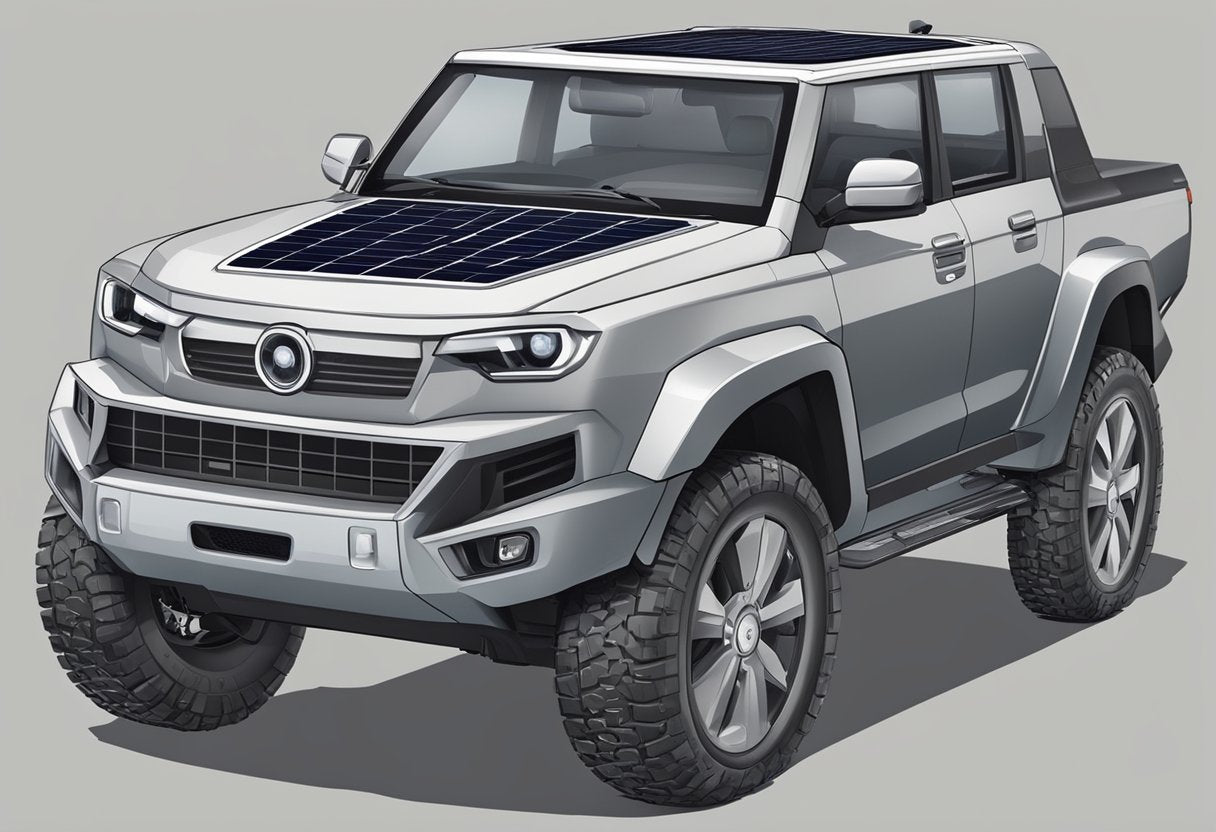

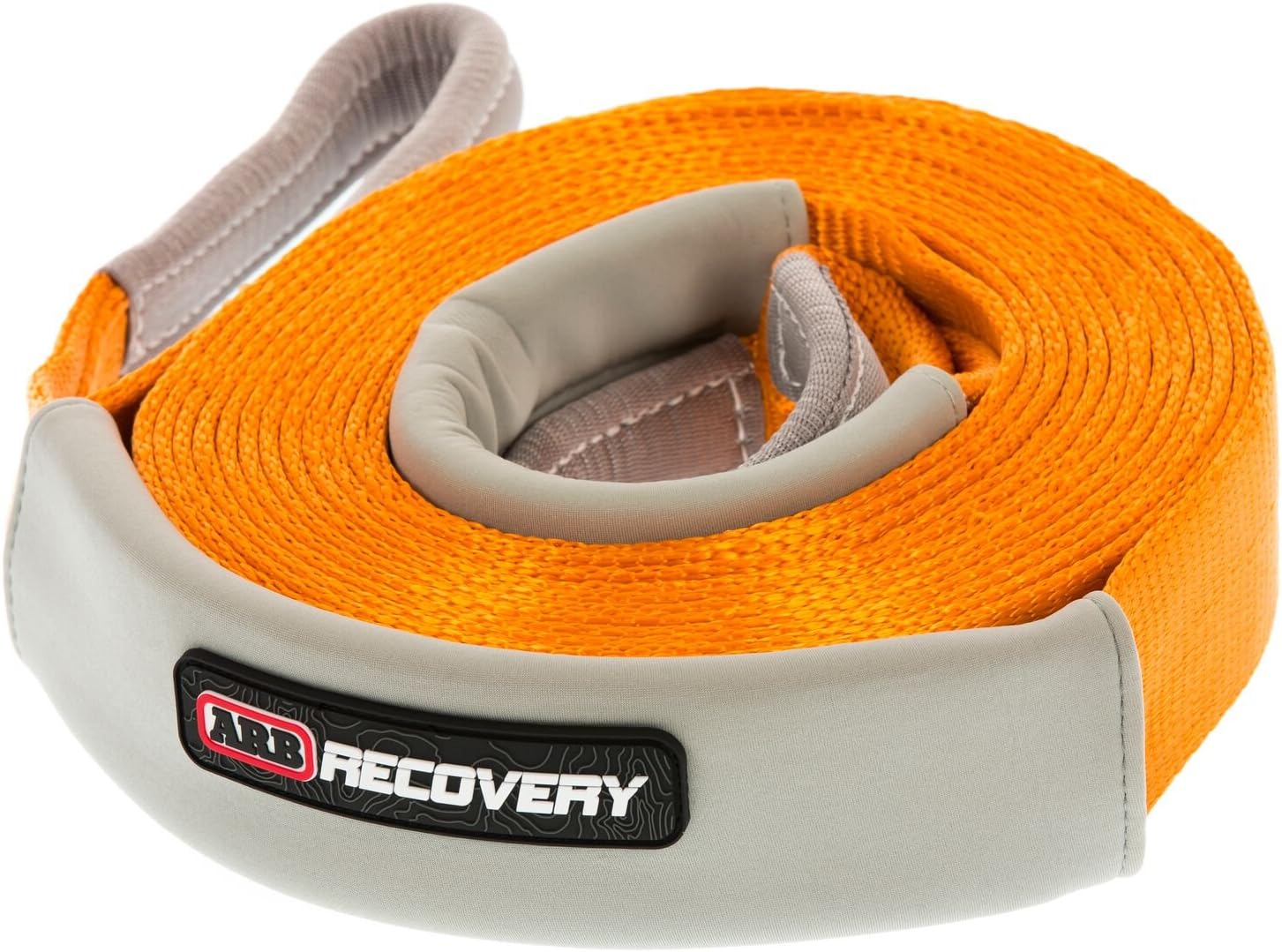
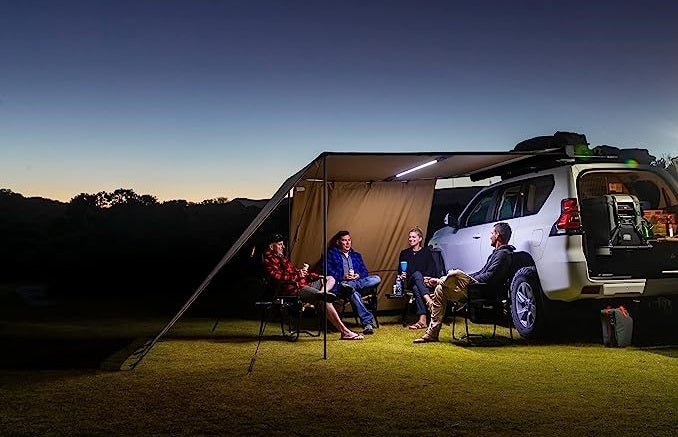
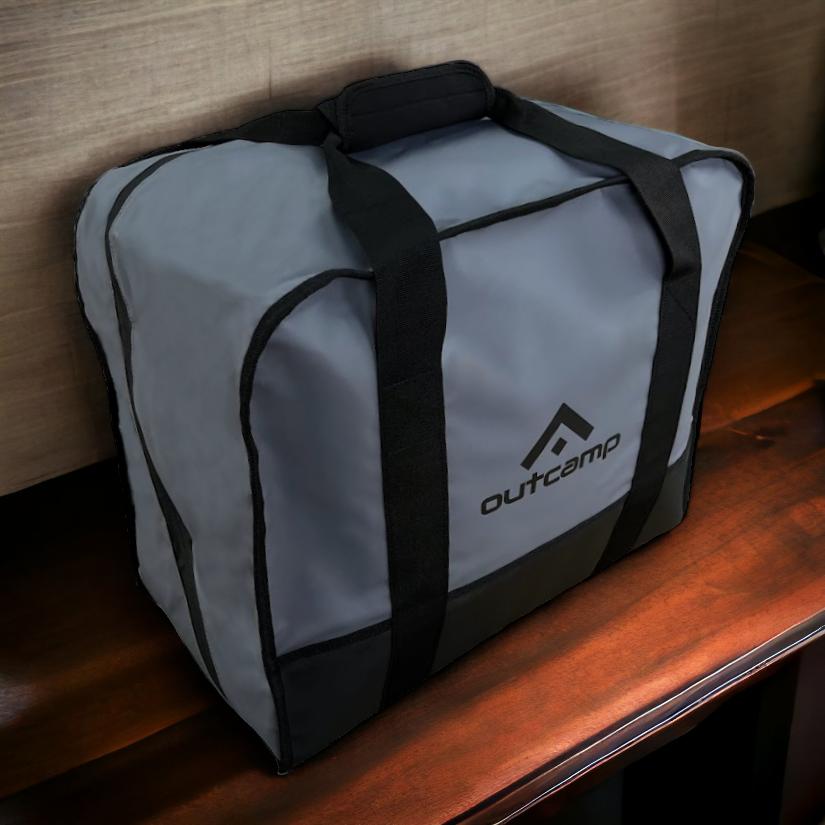
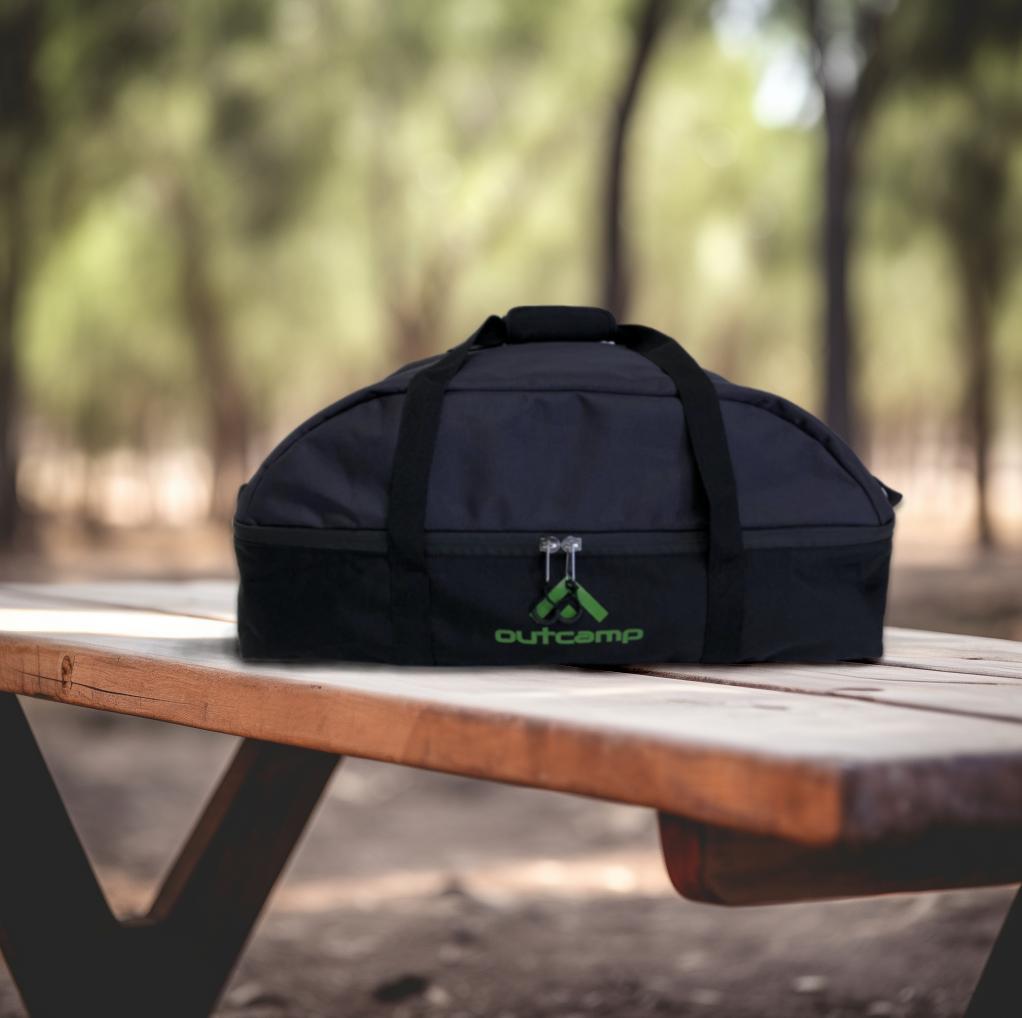
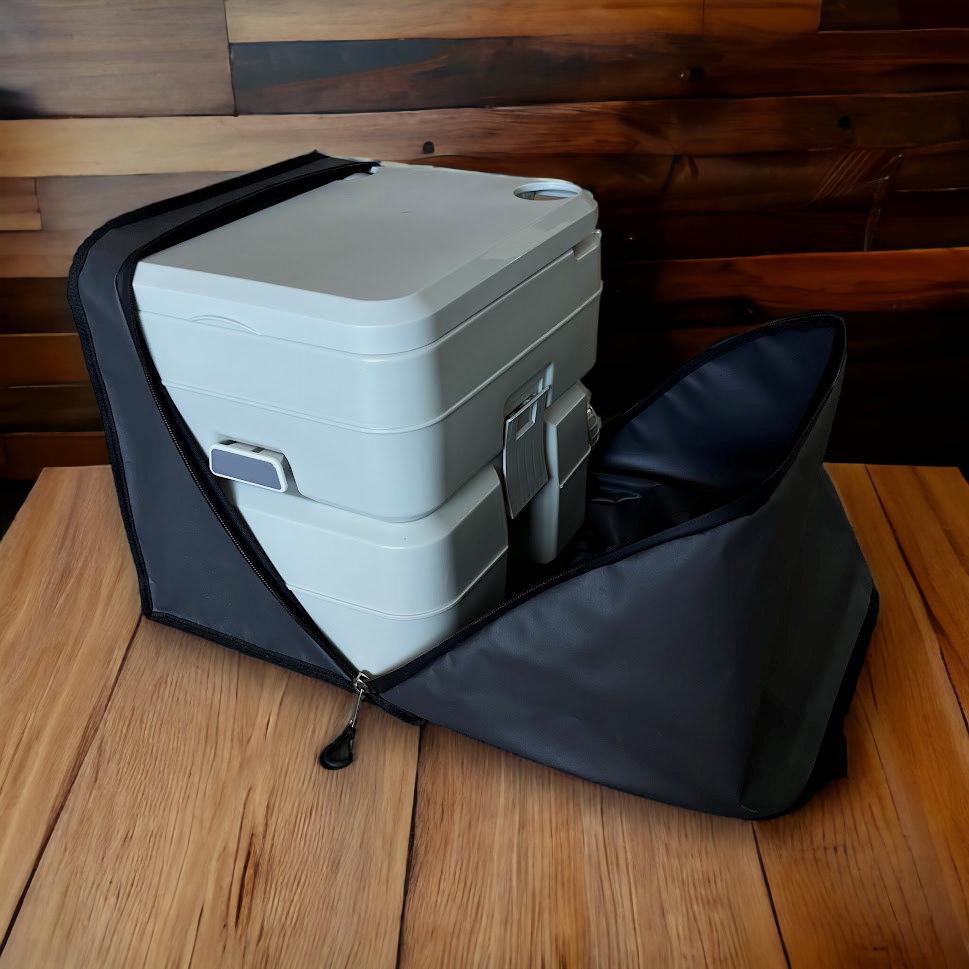
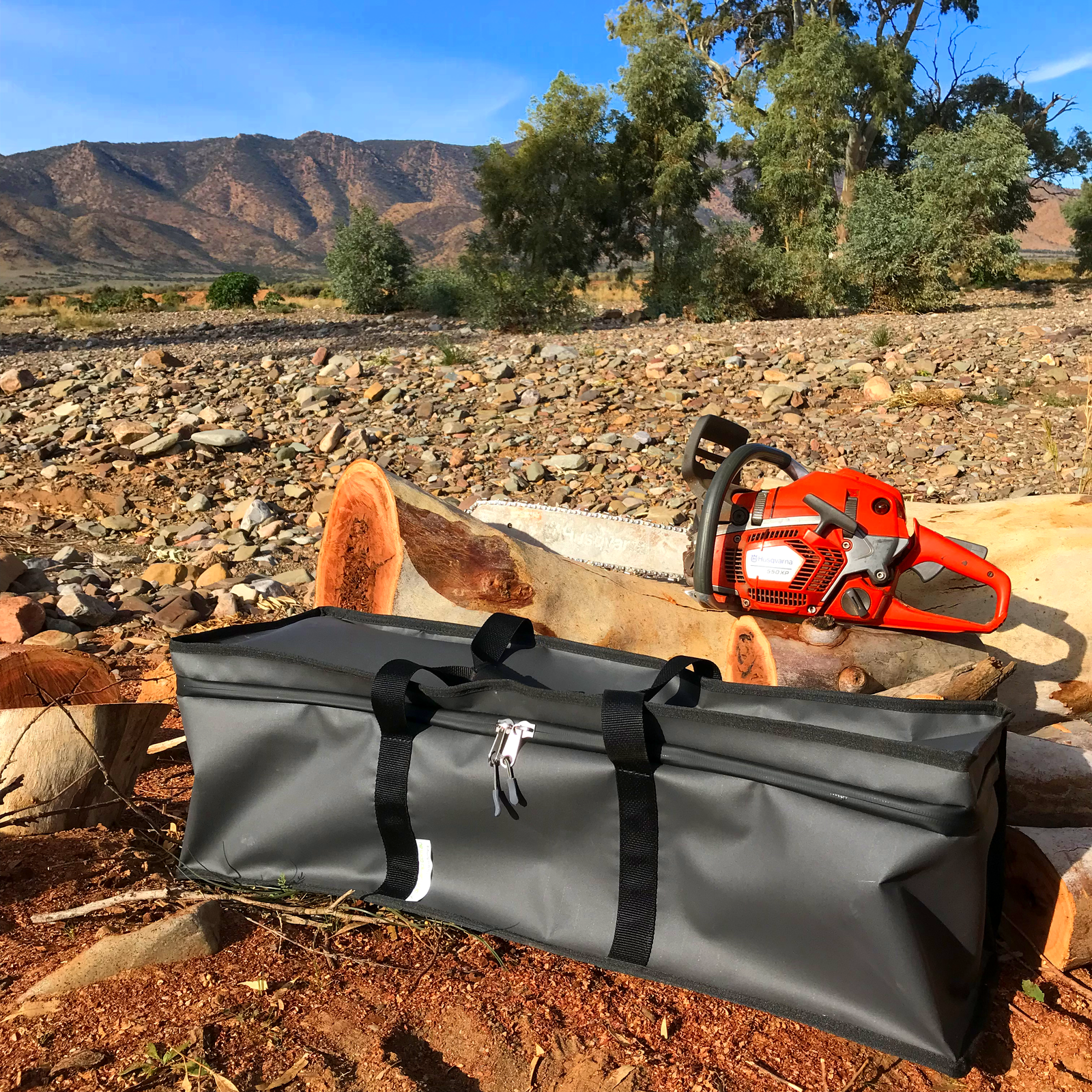
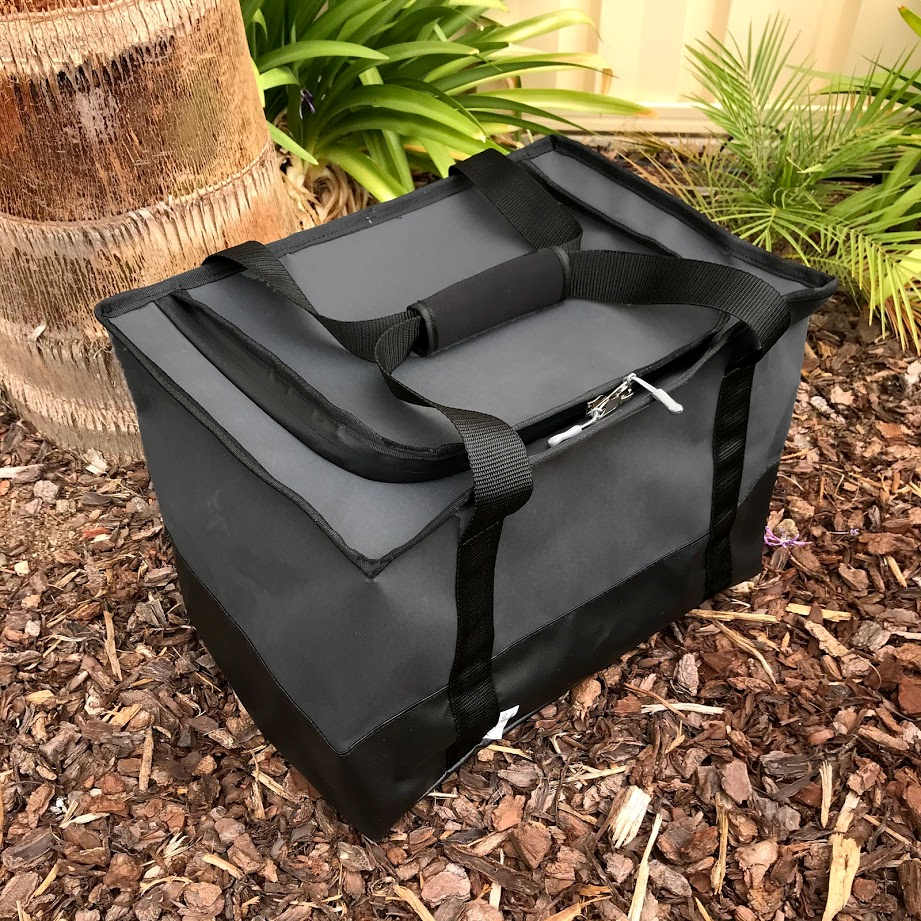








Leave a comment (all fields required)